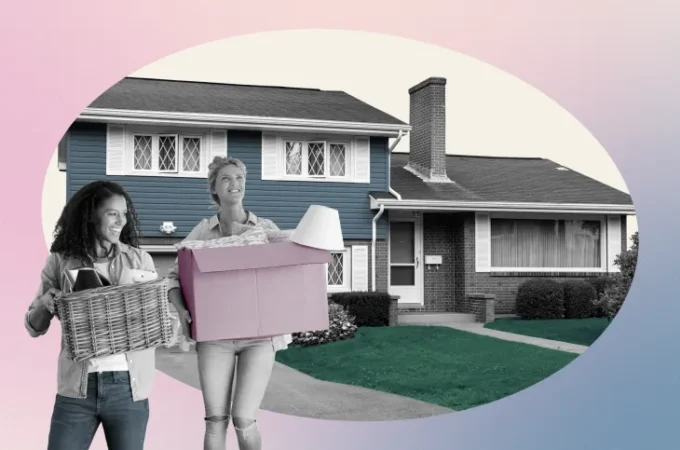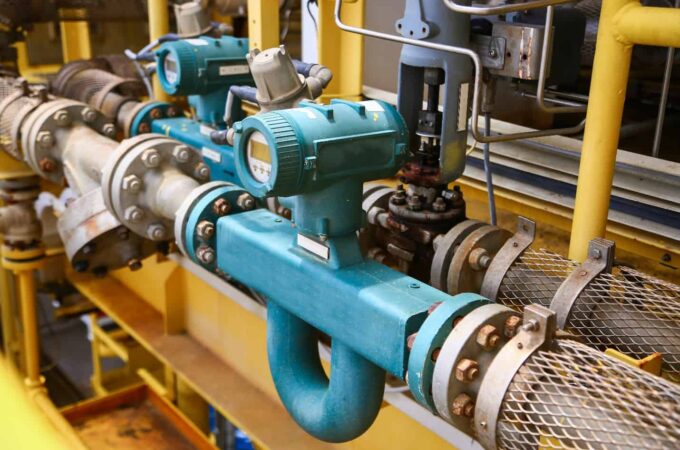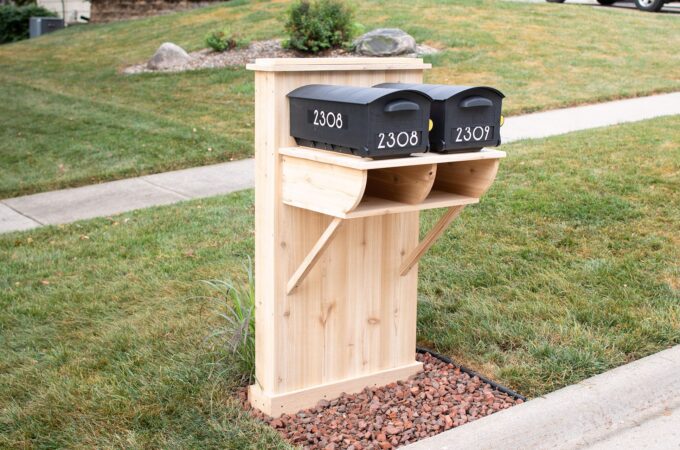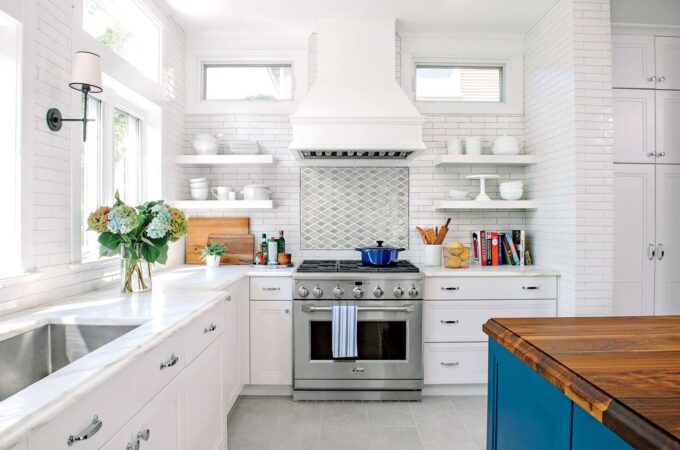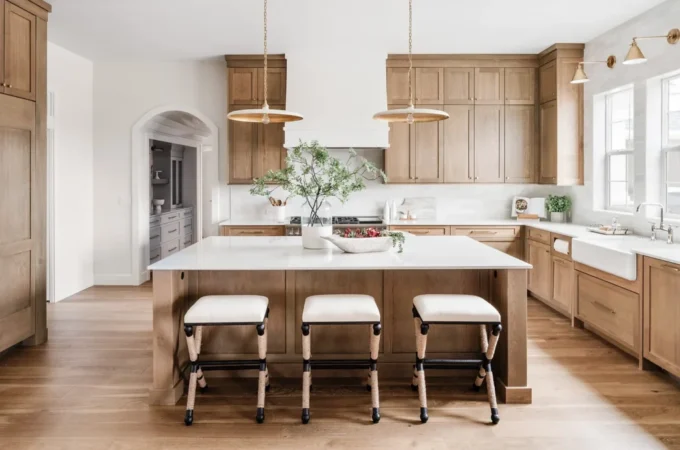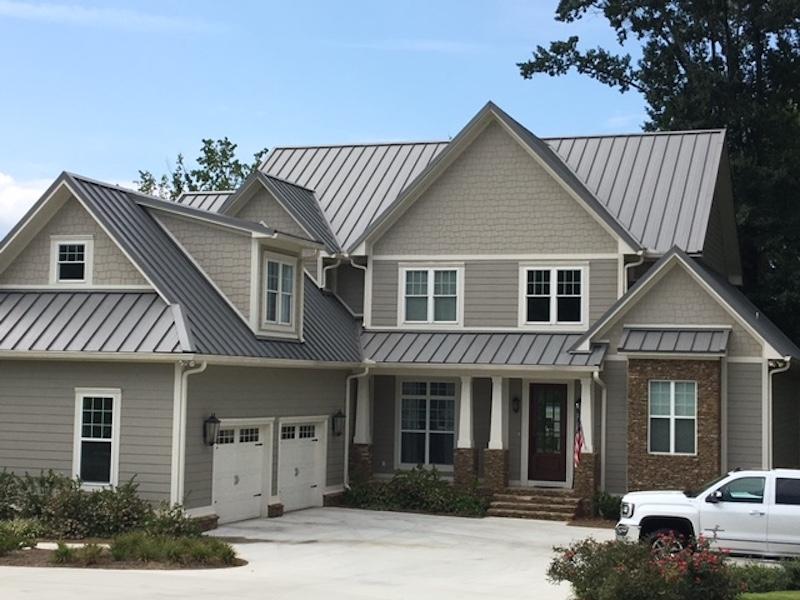
Your Guide To Roofing Design
When you’re installing a new roof on your home, there are a number of things you’ll want to take into consideration. You should make sure you find the appropriate pitch for your roof and choose the right shape as well. It’s also essential to select the right material for your roof. You can ask for help to this well-trained Roofers Leeds.
Roof Pitches
There are three types of pitches for a roof: slight, dramatic, and flat. The type of pitch used for a roof will vary based on a number of factors, such as the size and style of the home.
Roofs with a slight pitch have a more gradual slope. This pitch is more subtle and is suitable for many types of homes.
A dramatic pitch is better suited to a home that’s larger in size. When this pitch is used, it allows for vaulted ceilings within the home.
Flat pitched roofs aren’t suitable in areas that see a lot of snow. When a roof isn’t sloped, it’s more difficult for a roof to deflect the snow as it falls.
Roof Styles
Triangular Roofs

This style of roof can suit homes of many types, which is why it’s so commonly used. This style of roof is also referred to as a gable roof. This roof style typically has accents, such as wings and dormers.
Saltbox Roofs
This roofing style is rarely used today but can be seen on many older properties. These roofs are lopsided and are often used for larger homes that have an extension.
Hipped Roofs
This style of roof often resembles a pyramid. The roof slopes downwards on all four sides. It’s a distinctive roofing style that complements many types of homes.
Mansard Roofs
At first glance, this style of roof may appear to be flat. However, this type of roof still slopes on all four sides. It is an excellent option for homes with a loft extension.
A-Frame Roofs
This style of roof does not feature any perpendicular walls. This style of roof has a distinctive shape and is often seen on smaller homes.
Shed Roofs
This contemporary roofing style has a very streamlined appearance. The roof basically has half of a gable. It is often used for homes with porches.
Gambrel Roofs
These roofs are frequently seen on older properties. They have a slight bend on every side of the roof.
Roof Materials

It’s important to choose a style and pitch of roof that’s suitable for your home, and it’s even more essential to find a roof that’s made from the right materials. Below, you’ll find an overview of roofing materials and will learn more about which materials suit which type of roof.
Shingles
Also known as tiles, this is one of the most common materials used for roofs. Shingles can be comprised of many different kinds of materials, including slate, clay, and concrete. This is one of the most flexible types of roofing materials and is suitable for roofs of many types.
This can also be a highly affordable roofing material, particularly if you choose the right type of shingles. For example, shingles made from artificial slate are a cost-effective option. With that said, shingles made from natural materials will typically last longer, which means they may be worth the cost of investment.
Thatched Roofing
This roofing material is very charming, but it can also be a very practical choice. Many thatched roofs are made from reed, which provides excellent insulation. It can lower heating and cooling costs for a home.
Although thatched roofs may look flimsy, they’re actually highly durable. When properly installed, a thatched roof can last for 30 years or more.
Zinc Roofing
If a roof has a less conventional shape, zinc might be used as the material for the roof. Zinc is highly flexible, which means it can easily be adapted to suit the shape of a roof.
In addition to this, zinc is a recyclable material, which means it’s a sustainable choice. It’s been steadily increasing in popularity, and it’s likely that this material will be used for even more roofs in the future.
EPDM Roofing
This roofing material is comprised of rubber. It’s a low-maintenance material that isn’t prone to cracking or other types of breakage. While it’s an excellent choice for flat roofs, it can be used for roofs with a slight slope as well.
Although this material is more expensive than many other types of roofing materials, it could wind up saving you money over time. This material is long-lasting, and EPDM roofs are unlikely to need expensive repairs.
Whether you’re building a new home or are looking to replace the roof on your current home, you should take the time to learn more about roofing design. Make sure you make the right decisions when it comes to the roof on your home. Select a roof that’s right for you.
